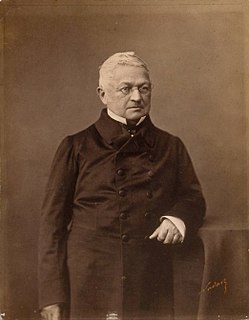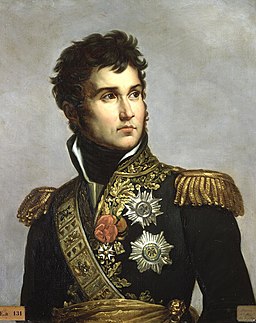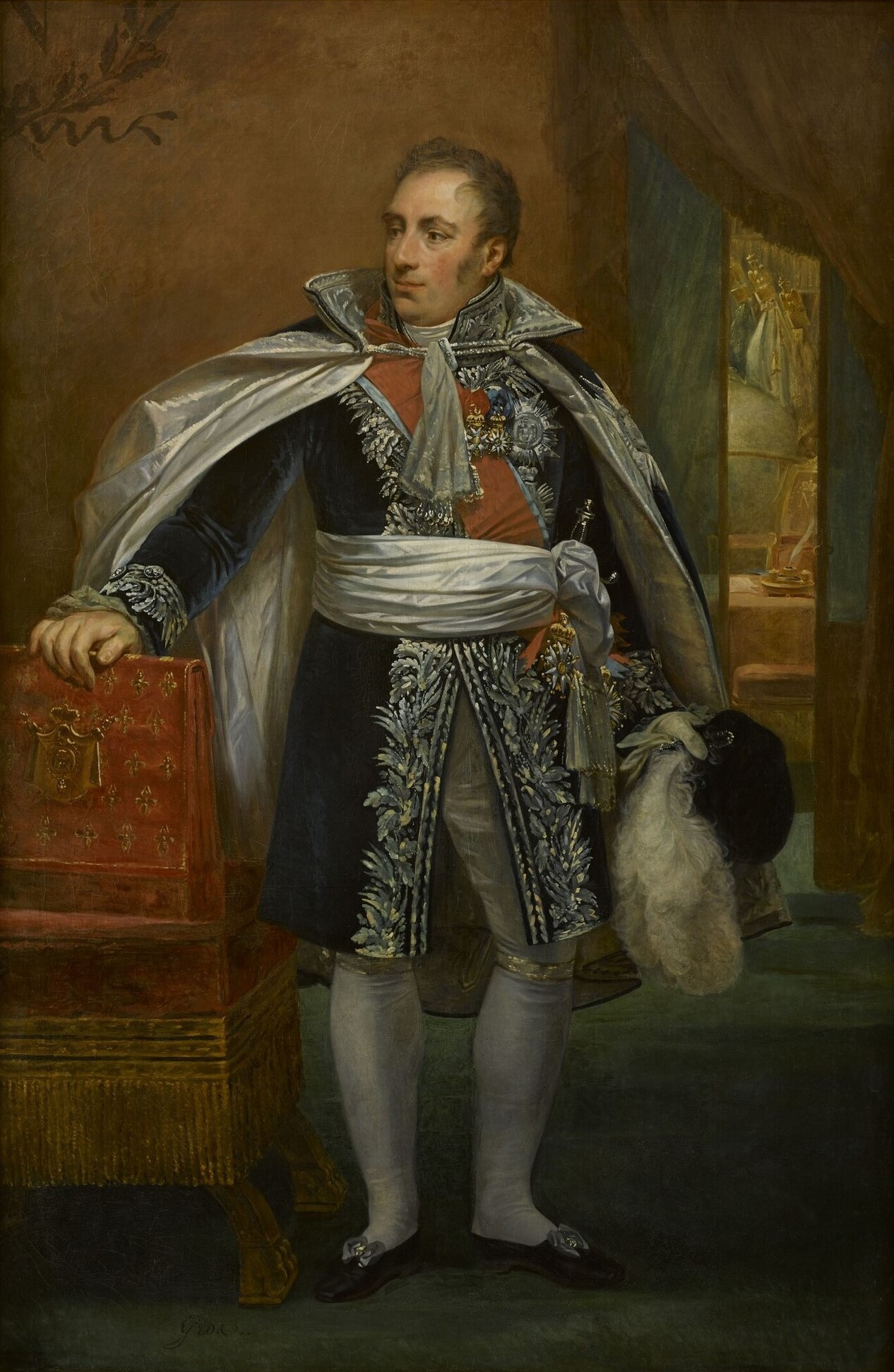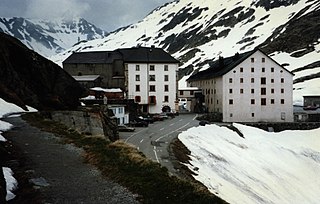
Pierre Nicholas Dorsaz (fl. 19th century), was an inhabitant of the village of Bourg-Saint-Pierre [1] who acted as Napoleon Bonaparte's guide when he crossed the Alps in 1800, by way of the Great St Bernard Pass, as part of his plan to make an unexpected arrival in Italy, and surprise the Austrian army. [2] [3]
Floruit, abbreviated fl., Latin for "he/she flourished", denotes a date or period during which a person was known to have been alive or active. In English, the word may also be used as a noun indicating the time when someone flourished.

Bourg-Saint-Pierre is a municipality in the district of Entremont in the canton of Valais in Switzerland.

The Alps are the highest and most extensive mountain range system that lies entirely in Europe, separating Southern from Central and Western Europe and stretching approximately 1,200 kilometres (750 mi) across eight Alpine countries : France, Switzerland, Italy, Monaco, Liechtenstein, Austria, Germany, and Slovenia. The mountains were formed over tens of millions of years as the African and Eurasian tectonic plates collided. Extreme shortening caused by the event resulted in marine sedimentary rocks rising by thrusting and folding into high mountain peaks such as Mont Blanc and the Matterhorn. Mont Blanc spans the French–Italian border, and at 4,810 m (15,781 ft) is the highest mountain in the Alps. The Alpine region area contains about a hundred peaks higher than 4,000 metres (13,000 ft).
There is some difficulty in ascertaining Dorsaz's forenames. Napoleon's official correspondence refers to him as "Pierre Nicholas", [4] but other accounts call him Jean Pierre Dorsaz and in Émile Bégin's 1853 Histoire de Napoleon he is named as Jean Baptiste Dorsaz. Bégin states Dorsaz was a relative of Jean Nicholas Dorsaz, the secretary of the commune, who related the story to Bégin in 1851. [5]
The journey itself took place after Napoleon returned from his military campaign in Egypt at the turn of the 19th century, to find that the Austrians had been able to reconquer Italy. Napoleon's plan was to cross to Italy with his army of over forty thousand men to launch a surprise assault on the Austrian army [6] (thirty five thousand light artillery and infantry, five thousand cavalry, [7] not including heavy field artillery such as large cannons and baggage trains [6] ).

Egypt, officially the Arab Republic of Egypt, is a country spanning the northeast corner of Africa and southwest corner of Asia by a land bridge formed by the Sinai Peninsula. Egypt is a Mediterranean country bordered by the Gaza Strip and Israel to the northeast, the Gulf of Aqaba and the Red Sea to the east, Sudan to the south, and Libya to the west. Across the Gulf of Aqaba lies Jordan, across the Red Sea lies Saudi Arabia, and across the Mediterranean lie Greece, Turkey and Cyprus, although none share a land border with Egypt.

Artillery is a class of heavy military weapons built to fire munitions far beyond the range and power of infantry's small arms. Early artillery development focused on the ability to breach defensive walls, and fortifications during sieges, and led to heavy, fairly immobile siege engines. As technology improved, lighter, more mobile field artillery cannons developed for battlefield use. This development continues today; modern self-propelled artillery vehicles are highly mobile weapons of great versatility providing the large share of an army's total firepower.

Infantry is the branch of an army that engages in military combat on foot, distinguished from cavalry, artillery, and tank forces. Also known as foot soldiers, infantry traditionally relies on moving by foot between combats as well, but may also use mounts, military vehicles, or other transport. Infantry make up a large portion of all armed forces in most nations, and typically bear the largest brunt in warfare, as measured by casualties, deprivation, or physical and psychological stress.
The journey through the Great St Bernard Pass (which was, after thorough consideration, decided to be the best possible route through the harsh Alps [8] ), commenced on the 15 May 1800 and took five days. [9]
Initially Napoleon and Dorsaz did not converse, but shortly after they started their ascent into the mountains the mule carrying Napoleon slipped on the icy ground and almost fell over a precipice. Dorsaz, walking between the mule and the edge of the track was able to prevent Napoleon and his mount tumbling over the side and though Napoleon showed no emotion at his lucky escape, he entered into conversation with his guide. [10] It appears that the First Consul was determined to reward his guide for his actions as he questioned Dorsaz about his life in the village and the normal recompense for the guides. Dorsaz told Napoleon that the normal fee for the guides was three francs. Bégin recounts that Dorsaz said that his dream was to have a small farm, a field and cow. Napoleon asked him how much that would cost and when Dorsaz replied it would be 60 Louis he was given the money directly, but Napoleon's correspondence shows that he ordered 1200 francs to be paid to Dorsaz on 21 October 1800 for his "zeal and devotion to his task" during the crossing of the Alps, [4] and other sources say this money was used to purchase a house for Dorsaz in Bourg-Saint-Pierre. Local legend also credits the money with securing Dorsaz a wife, as without a house he was unable to marry the girl he was in love with. [11]

The franc, also commonly distinguished as the French franc (FF), was a currency of France. Between 1360 and 1641, it was the name of coins worth 1 livre tournois and it remained in common parlance as a term for this amount of money. It was reintroduced in 1795. After two centuries of inflation, it was revalued in 1960, with each new franc (NF) being worth 100 old francs. The NF designation was continued for a few years before the currency returned to being simply the franc; some mostly older French continued to reference and value items in terms of the old franc until the introduction of the euro in 1999 and 2002. The French franc was a commonly held international reserve currency of reference in the 19th and 20th centuries.



















